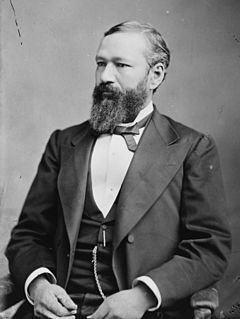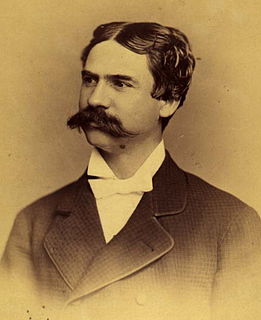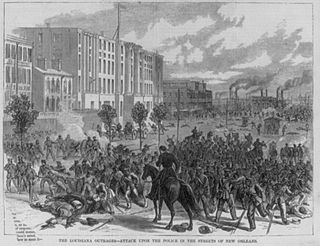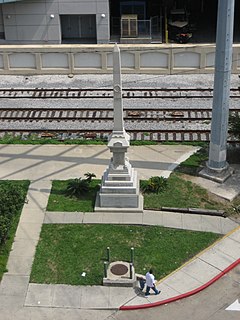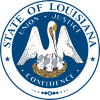It has been requested that the title of this article be changed to List of governors of Louisiana . Please see the relevant discussion on the discussion page. The page should not be moved unless the discussion is closed; summarizing the consensus achieved in support of the move. |
| Governor of Louisiana Gouverneurs de Louisiane | |
|---|---|
 | |
| Style | The Honorable |
| Residence | Louisiana Governor's Mansion |
| Term length | Four years, renewable once [1] |
| Precursor | Governor of Orleans Territory |
| Inaugural holder | William C. C. Claiborne |
| Formation | April 30, 1812 |
| Deputy | Lieutenant Governor of Louisiana |
| Salary | US$130,000 per year (2013) [2] |
| Website | Official Website |
This is a list of the Governors of Louisiana (French : Gouverneurs de Louisiane), from acquisition by the United States in 1803 to the present day. For earlier governors of Louisiana see List of colonial governors of Louisiana.

In the United States, a governor serves as the chief executive officer and commander-in-chief in each of the fifty states and in the five permanently inhabited territories, functioning as both head of state and head of government therein. As such, governors are responsible for implementing state laws and overseeing the operation of the state executive branch. As state leaders, governors advance and pursue new and revised policies and programs using a variety of tools, among them executive orders, executive budgets, and legislative proposals and vetoes. Governors carry out their management and leadership responsibilities and objectives with the support and assistance of department and agency heads, many of whom they are empowered to appoint. A majority of governors have the authority to appoint state court judges as well, in most cases from a list of names submitted by a nominations committee.
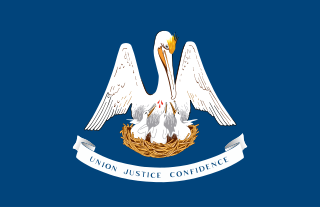
Louisiana is a state in the Deep South region of the South Central United States. It is the 31st most extensive and the 25th most populous of the 50 United States. Louisiana is bordered by the state of Texas to the west, Arkansas to the north, Mississippi to the east, and the Gulf of Mexico to the south. A large part of its eastern boundary is demarcated by the Mississippi River. Louisiana is the only U.S. state with political subdivisions termed parishes, which are equivalent to counties. The state's capital is Baton Rouge, and its largest city is New Orleans.

French is a Romance language of the Indo-European family. It descended from the Vulgar Latin of the Roman Empire, as did all Romance languages. French evolved from Gallo-Romance, the spoken Latin in Gaul, and more specifically in Northern Gaul. Its closest relatives are the other langues d'oïl—languages historically spoken in northern France and in southern Belgium, which French (Francien) has largely supplanted. French was also influenced by native Celtic languages of Northern Roman Gaul like Gallia Belgica and by the (Germanic) Frankish language of the post-Roman Frankish invaders. Today, owing to France's past overseas expansion, there are numerous French-based creole languages, most notably Haitian Creole. A French-speaking person or nation may be referred to as Francophone in both English and French.
Contents
- Governors
- Governor of Orleans Territory
- Governors of Louisiana
- See also
- Notes
- References
- External links
The longest-serving Governor is Edwin Edwards, who served for 16 years from (1972-1980; 1984-1988; 1992-1996).

Edwin Washington Edwards is an American politician and member of the Democratic Party who served as the U.S. Representative for Louisiana's 7th congressional district from 1965 to 1972 and as the 50th Governor of Louisiana for four terms, twice as many elected terms as any other Louisiana chief executive. He served a total of 16 years in office, the sixth-longest serving gubernatorial tenure in post-Constitutional U.S. history at 5,784 days.



























































